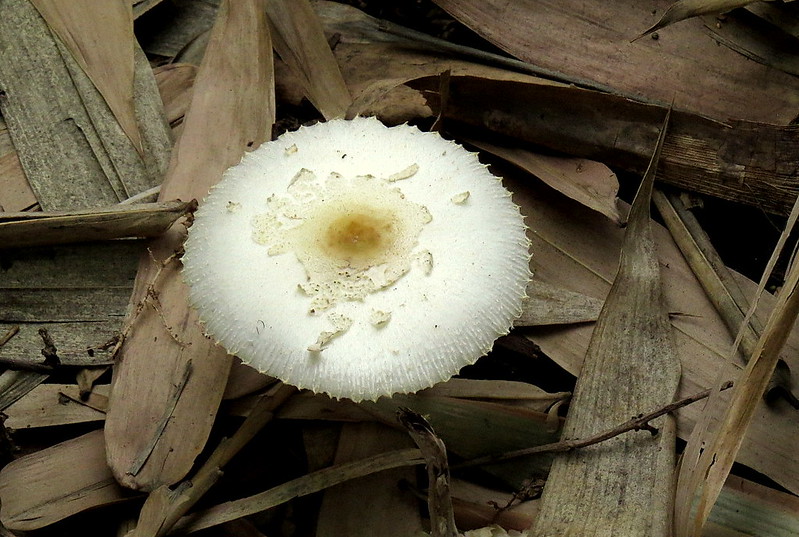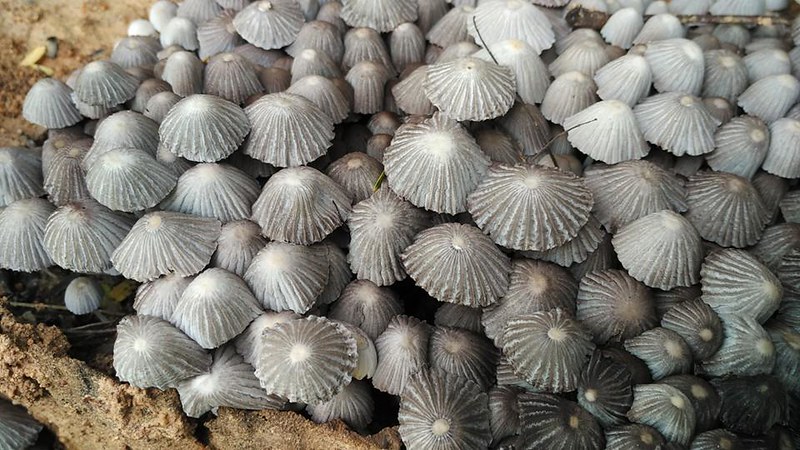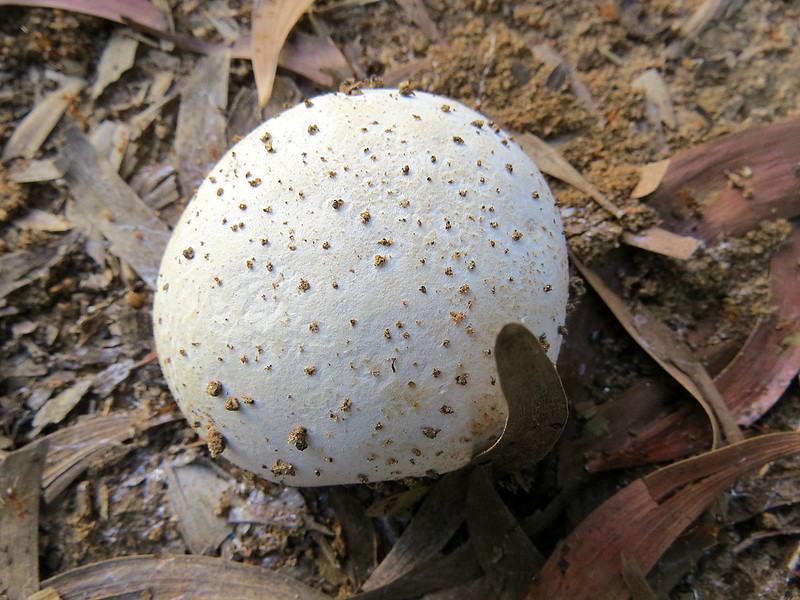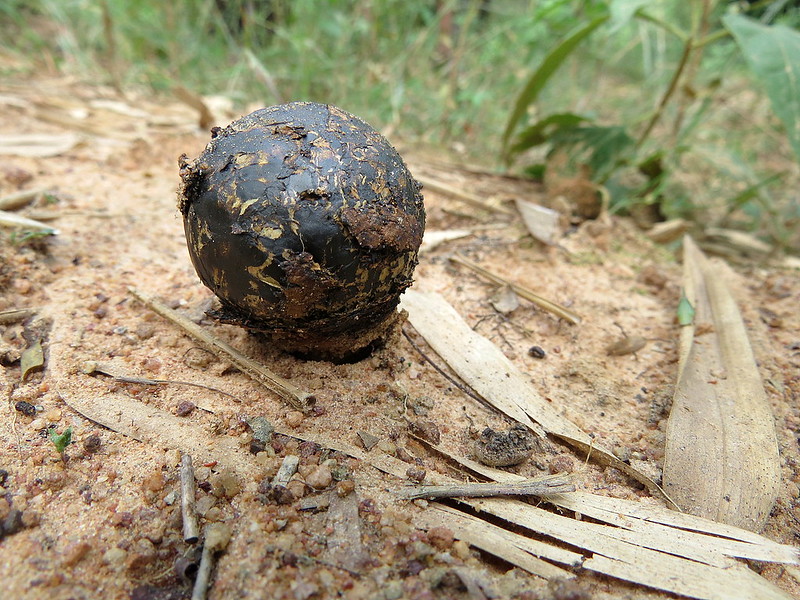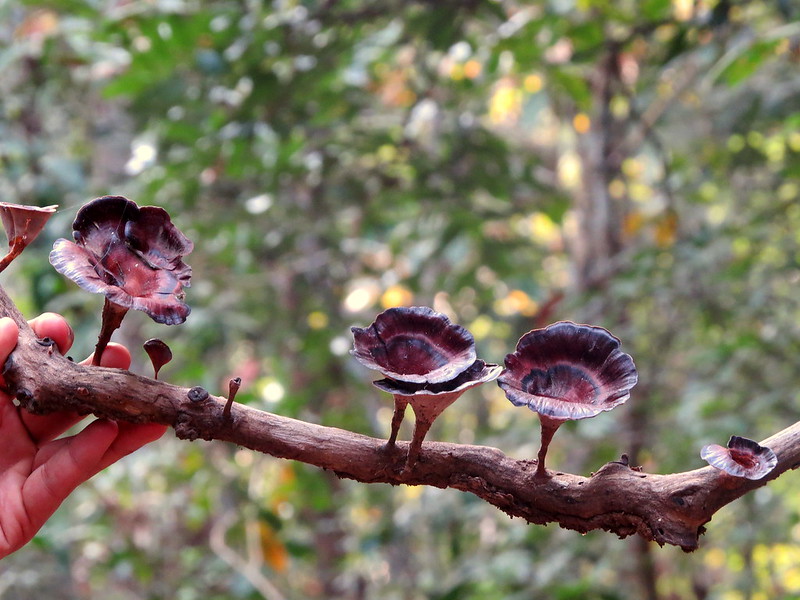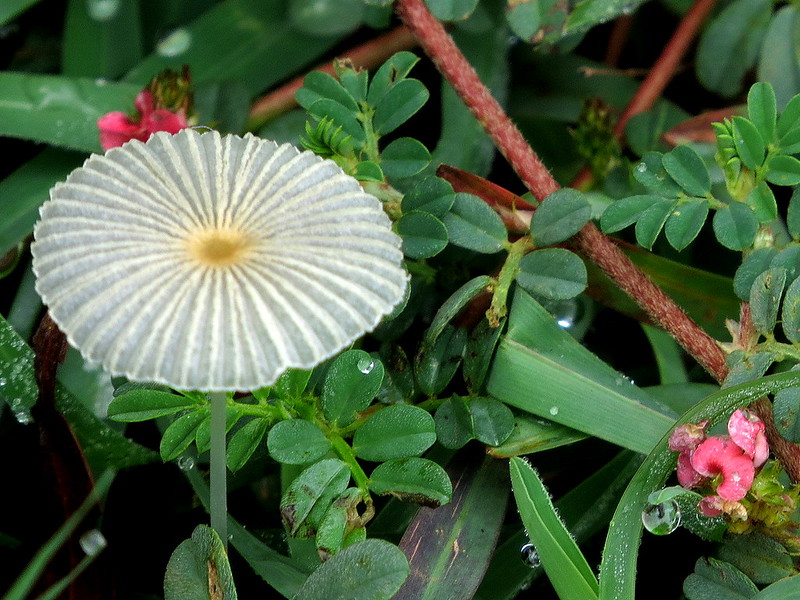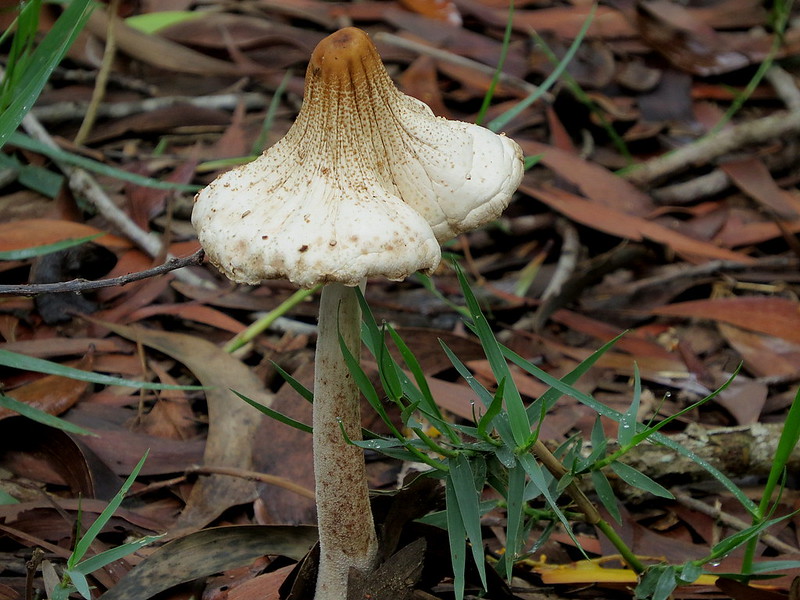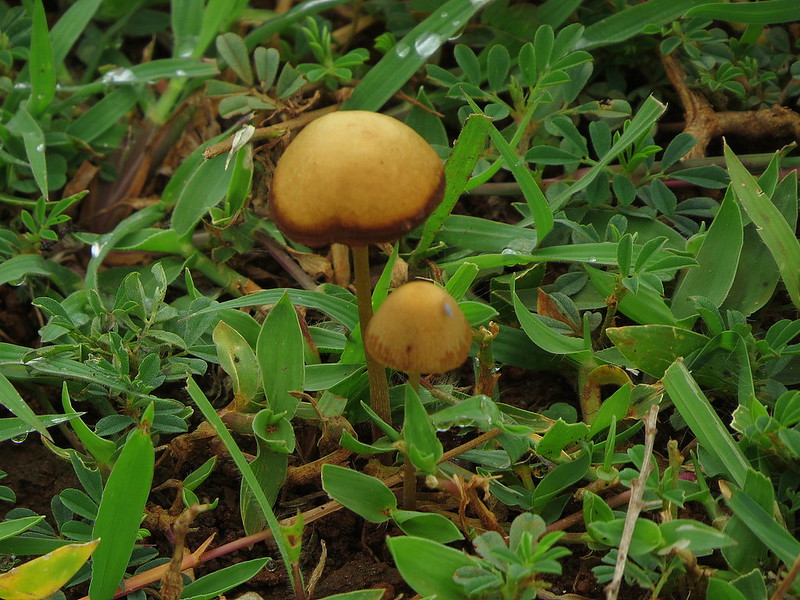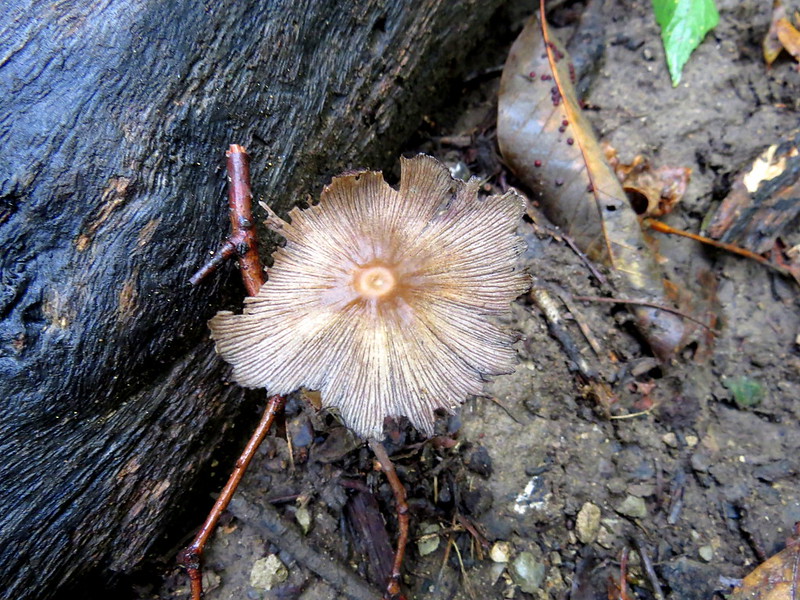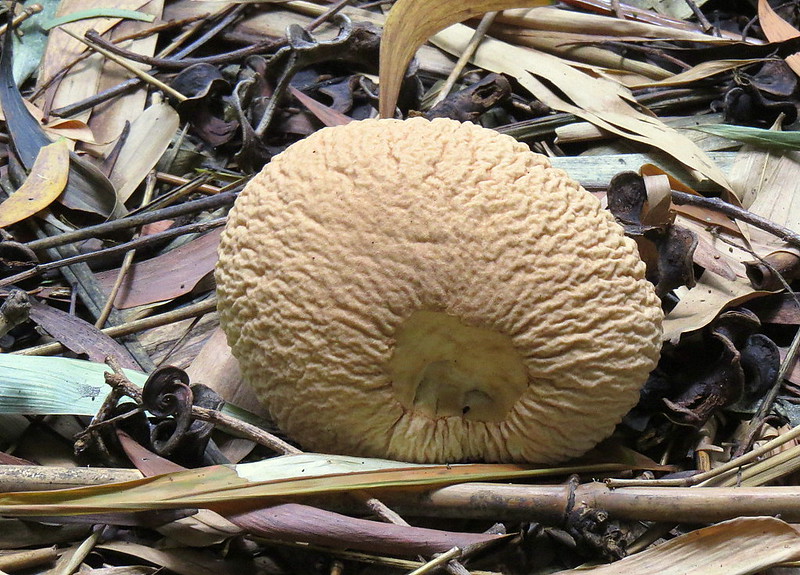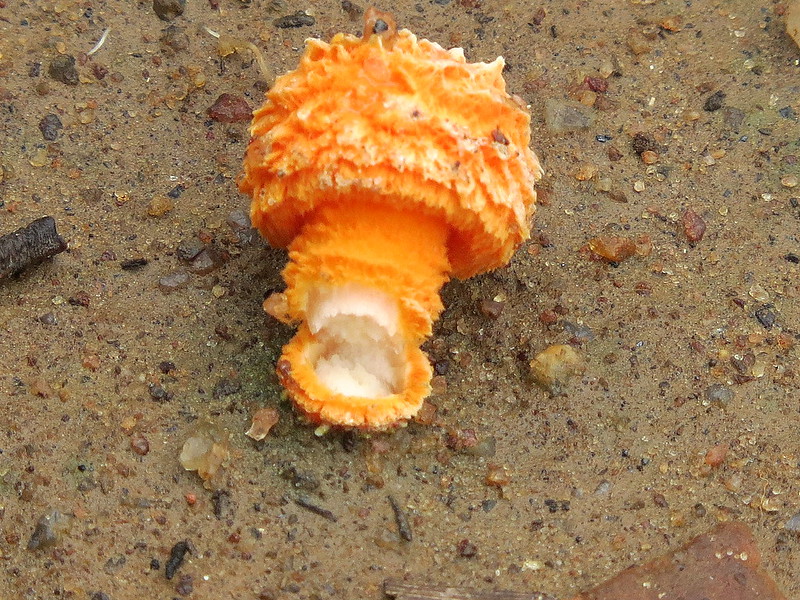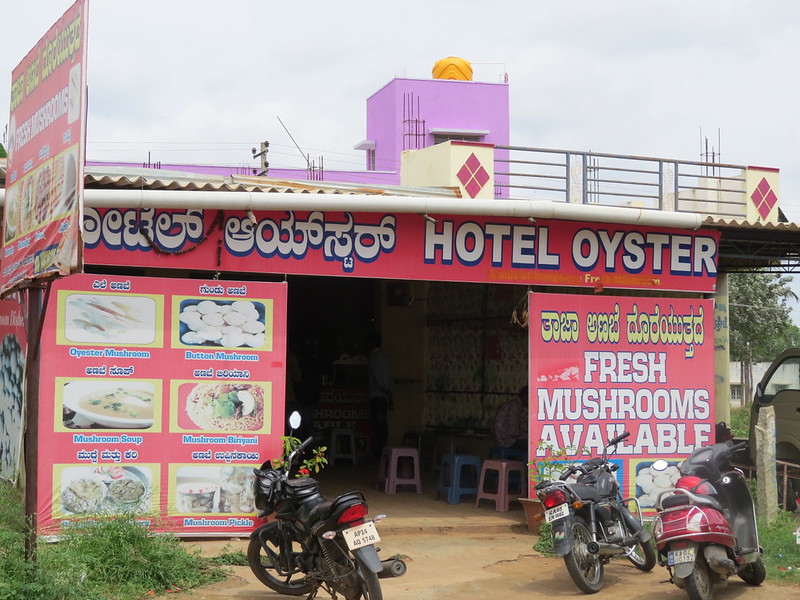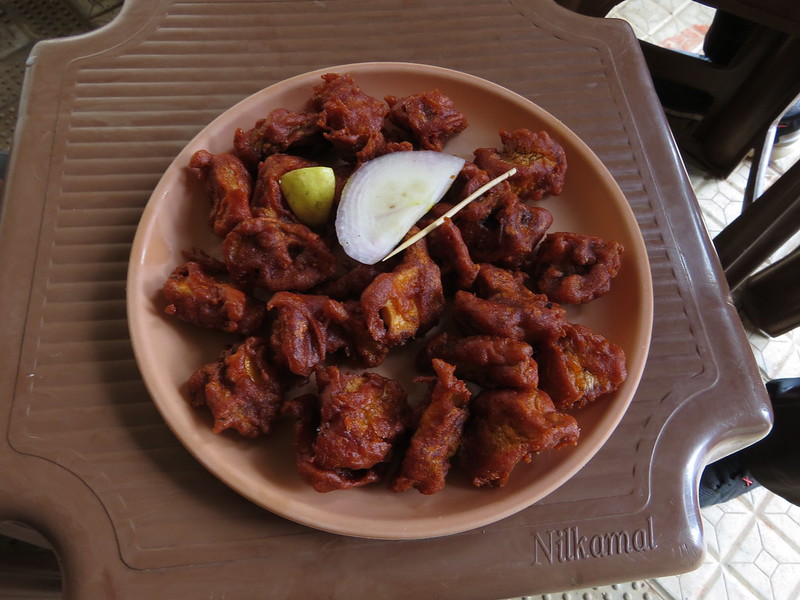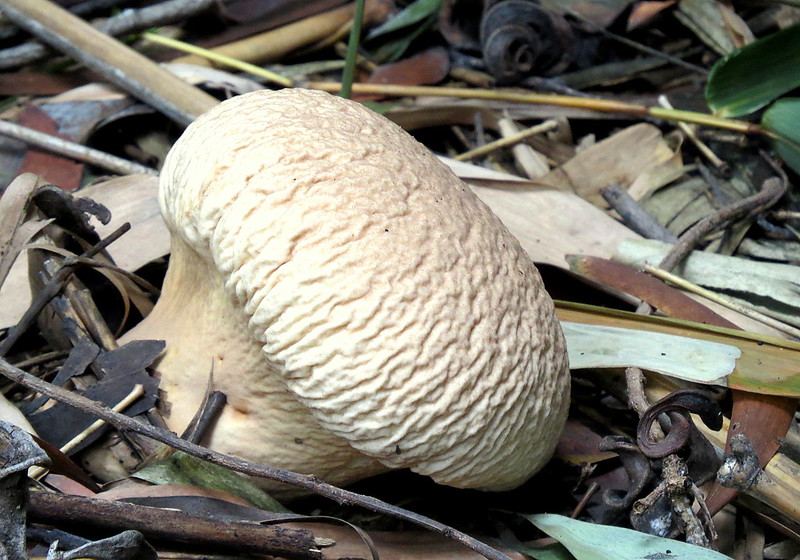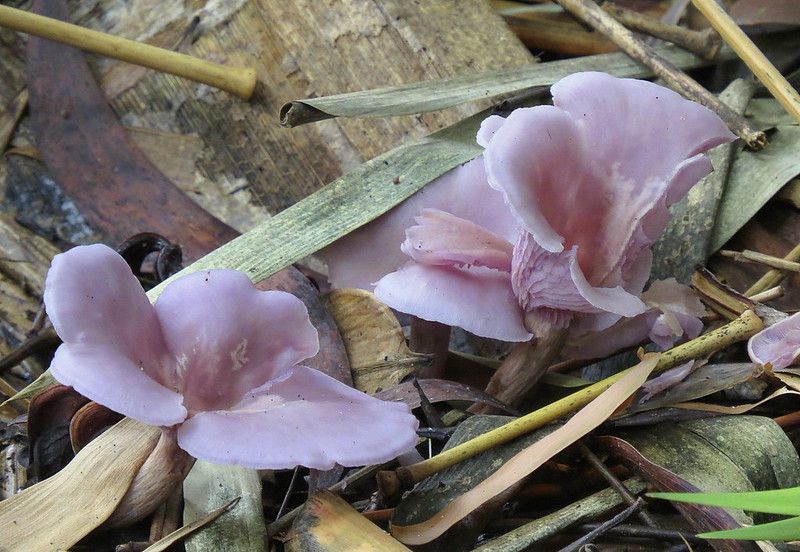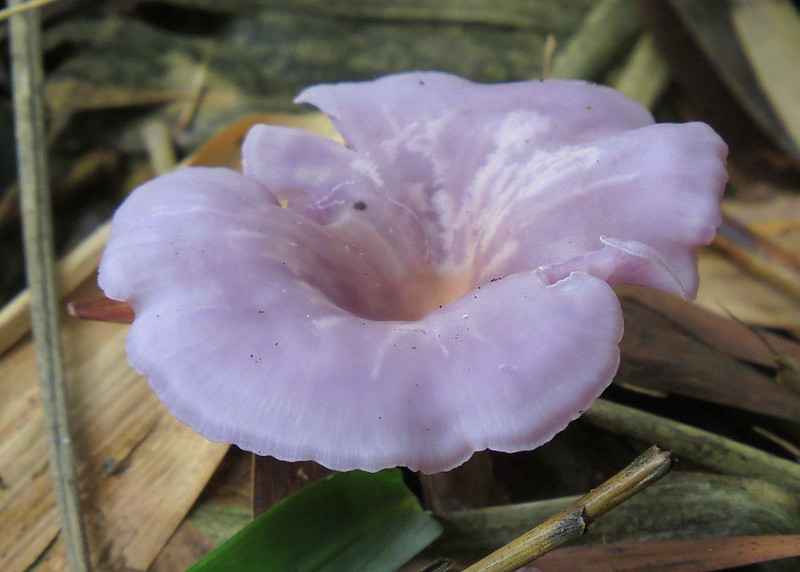A Mushroom… (or toadstool) is the fleshy, spore-bearing fruiting body of a fungus, typically produced above ground on soil or on its food source. In this post, I’d like to share the variety of mushrooms I’ve been seeing in the monsoon season, in and around the city!
The terms “mushroom” and “toadstool” go back centuries and were never precisely defined, nor was there consensus on application. Between 1400 and 1600 AD, the terms mushrom, mushrum, muscheron, mousheroms, mussheron, or musserouns were used.
Puffball Mushroom
Black Puffball

Many species of mushrooms seemingly appear overnight, growing or expanding rapidly. This phenomenon is the source of several common expressions in the English language, including “to mushroom” or “mushrooming” (expanding rapidly in size or scope) and “to pop up like a mushroom” (to appear unexpectedly and quickly). In reality all species of mushrooms take several days to form
Saucer Mushrooms
Greenish mushrooms
Delicate mushroom
Mushrooms are used extensively in cooking, in many cuisines (notably Chinese, Korean, European, and Japanese). Though neither meat nor vegetable, mushrooms are known as the “meat” of the vegetable world.
A word of caution, however. Generally, and particularly with gilled mushrooms, separating edible from poisonous species requires meticulous attention to detail; there is no single trait by which all toxic mushrooms can be identified, nor one by which all edible mushrooms can be identified. Additionally, even edible mushrooms may produce allergic reactions in susceptible individuals, from a mild asthmatic response to severe anaphylactic shock.
Mustard-colored mushrooms
Scalloped edges
In German folklore and old fairy tales, toads are often depicted sitting on toadstool mushrooms and catching flies with their tongues.
Now, here’s mushroom that reminded me of the human brain:
Bright orange mushroom
